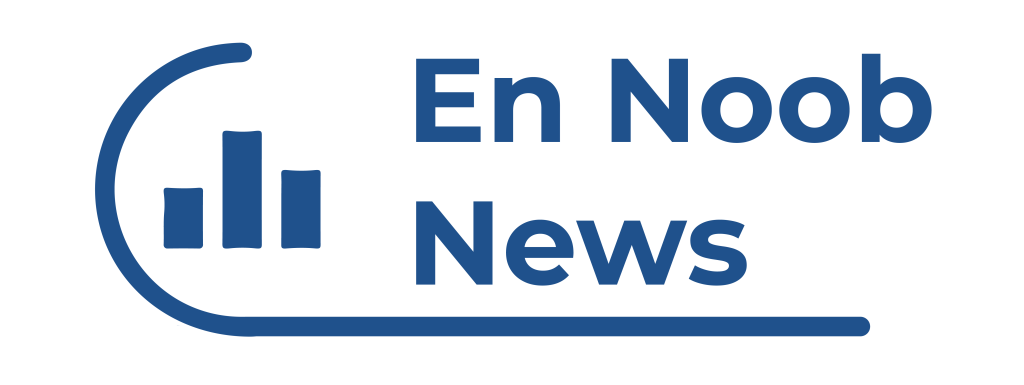Ever wondered why some people easily get through the loan process, while others struggle? Knowing the loan process is key for anyone wanting to get financing. This part of the journey will cover the steps to apply for a loan and the mortgage approval process. It aims to help borrowers make smart choices.
By understanding each stage and important detail, readers can feel more confident in their financial plans. This knowledge is essential in today’s competitive market.
What is the Loan Process?
The loan process is a series of steps to get financing from banks or credit unions. It’s key for anyone wanting a loan for personal, business, or mortgage needs. It starts with an application, where you share your financial details and loan request.
After applying, the lender checks your income, credit history, and financial behavior. If approved, you get a loan offer with terms, types, and interest rates. It’s important to understand these to make smart choices.
The final step is closing, where you sign documents and get the money. In Japan, banks are careful in approving loans. Knowing these steps helps borrowers make better financial decisions.
Understanding Loan Process from Start
Starting the loan journey is a big step. It’s important to first check your finances and know your credit score. This helps figure out if you can get a loan and what interest rates you might face.
Next, you’ll need to collect important documents like tax returns and proof of income. Having these ready makes applying for a loan easier. Lenders want to see stable income and manageable debt, so this is a crucial step.
It’s wise to get financial advice or do your homework to meet lender standards. Knowing the loan process well helps you make better choices. This can lead to a smoother application process.
Types of Loans Explained
Knowing about the loan process means understanding the different types of loans. Each one has its own purpose and features. Secured loans need something valuable as collateral, like a house or car. Unsecured loans don’t need collateral.
Personal loans are usually unsecured. They offer flexibility for needs like medical bills or home improvements.
Mortgages are for buying real estate. They have longer terms and lower rates because the property is collateral. Auto loans, however, are for cars. They’re secured by the car itself, making them easier to get.
Explaining the types of loans helps people understand their options better. Knowing your financial situation and goals helps choose the right loan. This improves your grasp of the loan process.
The Loan Application Steps
Understanding the loan application steps can make the process easier. The first step is to gather all needed documents. This includes identification, income statements, and credit reports. It’s important to keep this information safe and organized.
The next step is to fill out the application forms. You can choose between online or paper forms. Make sure to give accurate information about your financial history and goals. Paying close attention to details here can avoid delays later.
After filling out the forms, you need to submit your application. Follow the specific instructions given by the lender carefully. You might get feedback or confirmation soon after you submit.
In Japan, digital applications are becoming more popular. This makes the process faster. But, it’s still important to watch out for common mistakes. Knowing the process well can make it smooth and easy.
Loan Documentation Checklist
Having a well-organized loan documentation checklist is key when applying for a loan. It helps guide applicants through the necessary paperwork. This makes the mortgage approval process simpler.
Key documents include proof of identity, like a passport or driver’s license. Also, proof of income, such as pay stubs or tax returns, is needed. These help lenders check if the applicant can afford the loan.
Credit history reports are also crucial. They show how well the applicant handles money. Homebuyers should also gather asset verification documents. These include bank statements and property deeds to show their financial situation.
In short, a loan documentation checklist is vital. It streamlines the application process and boosts the chance of getting a good mortgage deal. Preparing these documents early can save time and speed up approvals.
The Mortgage Approval Process
Understanding the mortgage approval process is key for anyone wanting to finance a home. When a loan application is submitted, the evaluation starts. This includes two important steps: pre-qualification and pre-approval.
Pre-qualification gives a rough idea of how much you can borrow. Pre-approval, on the other hand, offers a more detailed look at your financial situation.
Lenders are crucial in this process. They check your credit score, income, and debt-to-income ratio. This helps them decide if you’re eligible for a loan and what terms you’ll get.
There are many factors that lenders consider. Your credit score and down payment amount are big ones. Knowing these can help you get better mortgage rates.
Getting to know the mortgage approval process is important. It helps you make smart financial choices. Knowing how lenders work and how market rates affect things makes the loan process easier. This leads to successful homeownership.
Loan Processing Timeline
The loan processing timeline is key to understanding the loan process. It starts when an application is submitted and ends with the final closing. Each step has its own time frame.
The processing stage can last from a few days to a couple of weeks. It involves checking information, gathering documents, and getting ready for underwriting.
After processing, the loan enters the underwriting phase. This stage usually takes one to three weeks. It depends on the loan’s complexity and the underwriting team’s workload. Here, the lender checks the borrower’s financial info to assess the loan’s risk.
The closing phase comes after underwriting approval. It takes about a week or so. This allows for the final sign-offs and document preparations. Knowing the loan processing timeline helps borrowers set realistic expectations. It also prepares them for any delays due to missing documents, appraisal issues, or financial changes.
Loan Underwriting Requirements
The underwriting process is key in the mortgage approval journey. It checks the borrower’s finances to see if the risk is worth it for lenders. Knowing what lenders look for is crucial for anyone wanting a mortgage.
Lenders look at a few main things. The debt-to-income ratio is important. It shows how much debt you have compared to your income. A lower ratio is better for your application.
Credit history is also a big deal. Lenders check how well you’ve handled past debts. A good credit score can help you get better loan terms.
Other financial factors, like assets and job stability, also matter. Being ready for these requirements can help you feel more confident in the mortgage process.
Understanding the Loan Closing Procedure
The loan closing procedure is a key part of the loan process. Borrowers need to get ready for important steps that finalize their loan agreements. The closing disclosure is a crucial document that outlines the loan terms, including costs and fees.
It’s wise to do a final walkthrough before the closing day. This ensures the property is ready. Borrowers will also sign several documents to confirm they accept the loan terms.
Knowing about closing costs is essential. These costs include origination fees, appraisal fees, and taxes. They can add up and affect how much you need to pay before owning the property. By understanding these costs, borrowers can feel more confident and secure during the closing process.
🔔 How to Avoid Common Pitfalls in Loan Applications
Post-Loan Considerations
The journey through the loan process often goes beyond the closing date. Getting a loan means entering a phase with important post-loan considerations. It’s key to understand these to manage finances well.
Borrowers should create a solid repayment plan. Making payments on time helps keep credit scores high and avoids penalties. Creating a budget that includes loan payments is crucial for staying financially stable.
It’s also wise to reassess spending after getting a loan. Make sure to save enough for loan payments. This helps keep finances in check.
Refinancing might be a good idea sometimes. If interest rates fall or your financial situation improves, refinancing can lower monthly payments. Staying updated on market trends can help you know when to refinance.
Lastly, ongoing financial education is vital. It helps borrowers make smart choices about their loans and finances. Resources, workshops, and advice from financial advisors are all helpful. In summary, careful handling of post-loan matters can lead to a better financial future.
Resources for Further Learning
Looking to learn more about loans? There are many resources available. Government sites, like the Financial Services Agency in Japan, offer detailed guides. They help you understand loans and check if you qualify.
Books on personal finance and loans are also great resources. They cover topics like budgeting and credit management. Online courses and webinars from trusted financial institutions are another good option. They help you learn about borrowing and reinforce what you’ve learned.
Community financial workshops are a hands-on way to learn. They make the loan process clearer. You can meet experts and get practical advice. Using different resources helps you understand loans better.




